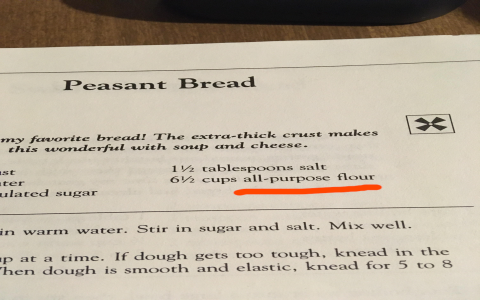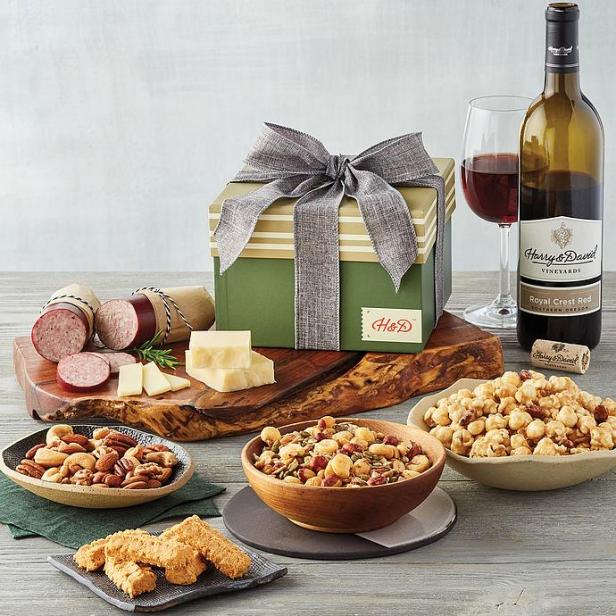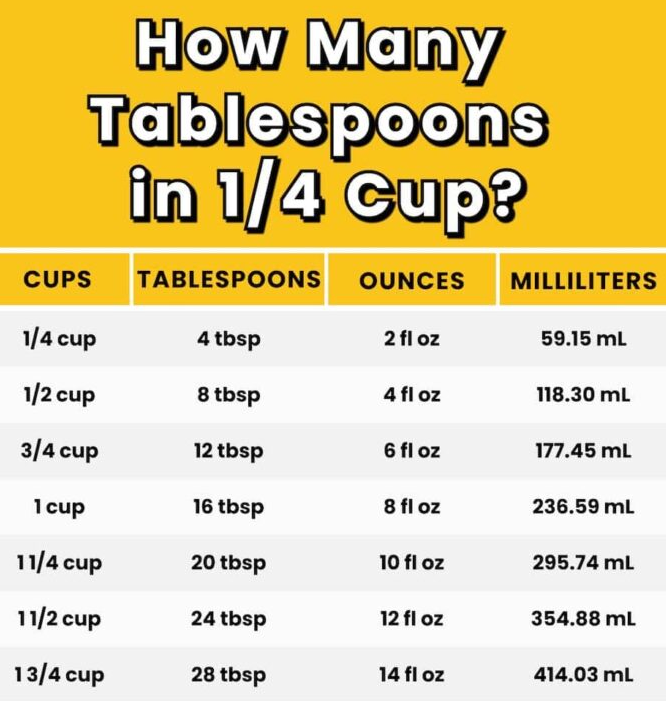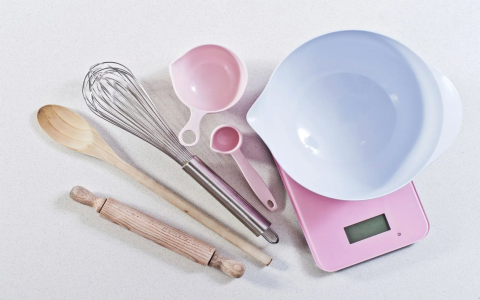Understanding the conversion of 750 grams of flour into cups is essential for both novice and experienced bakers. Whether you are following a traditional family recipe or experimenting with new creations, getting the right measurements can make a significant difference in your final product. Flour is often measured by weight in grams, but many recipes, particularly those from North America, use volume measurements like cups. This article aims to clarify how to accurately convert 750 grams of flour into cups, ensuring your baking is both precise and successful.
Flour density varies by type, which means that conversion is not always straightforward. For example, all-purpose flour typically weighs around 120 to 125 grams per cup. This variance can be attributed to factors such as how compacted the flour is and the specific brand. Therefore, knowing the average weight is crucial for accurate conversions. Based on the general measurement, 750 grams of all-purpose flour can be converted to about 6 to 6.25 cups.
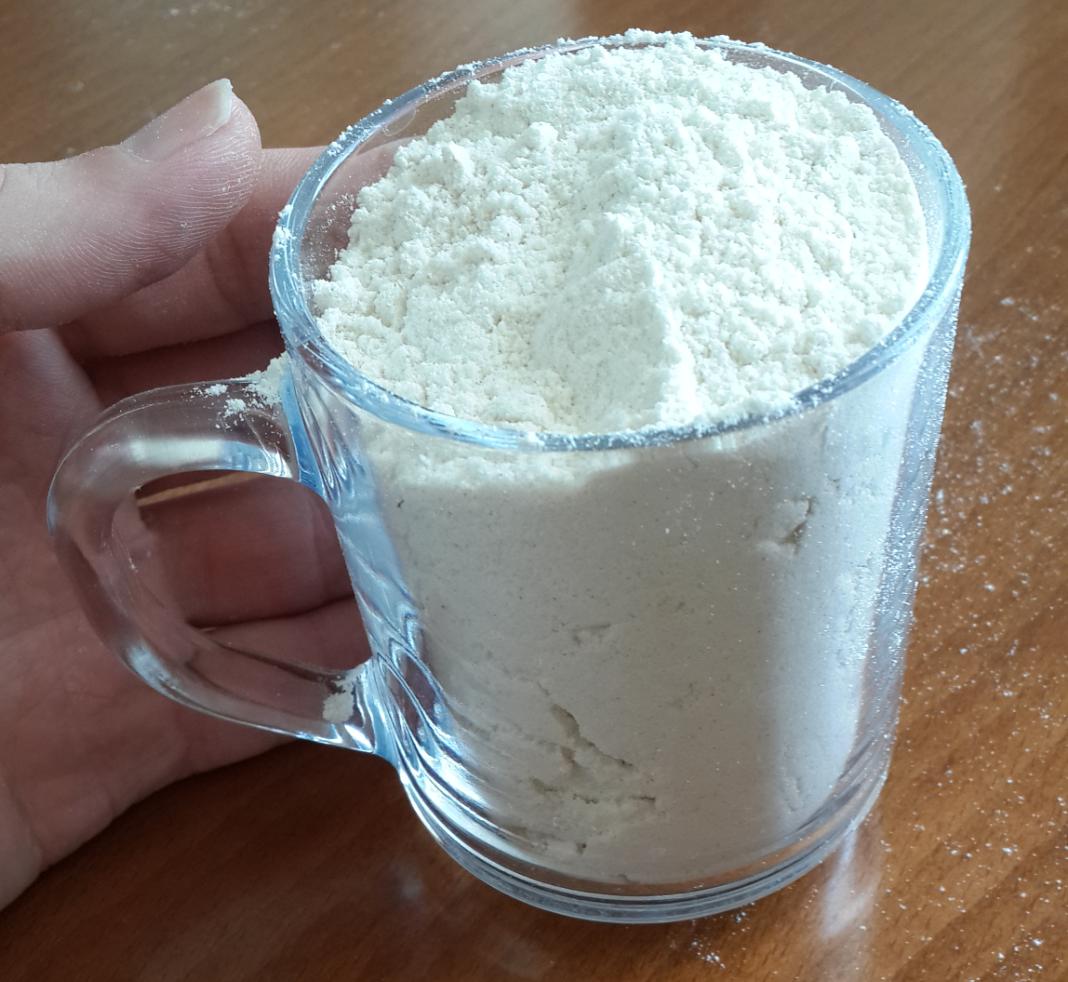
Let’s break this down further: To convert grams to cups, you start by determining the specific type of flour you are using. For standard all-purpose flour, if you use 125 grams as the conversion factor, the calculation becomes simple. Dividing 750 grams by 125 grams per cup gives you 6 cups of flour. Using a slightly lower density of 120 grams per cup, you would arrive at 6.25 cups. This slight difference may seem trivial, but in baking, precision is key; even a small variance can lead to dense or overly dry results.
When measuring flour, the method you choose also plays a crucial role. Scoop and level is a commonly recommended technique. To do this, use a spoon to fluff the flour in the bag, then spoon it into your measuring cup. Finally, use a straight edge, such as a knife, to level off the top. This method helps avoid packing down the flour, which can lead to excess weight and would affect the conversion.
For those using weights more frequently, investing in a kitchen scale is a wise choice. Not only does it simplify recipes involving multiple ingredients, but it also ensures you maintain perfect proportions. At any given time, you can measure out exactly 750 grams of flour without the need to convert. This accuracy is particularly useful in recipes that require the exact combination of ingredients, such as cakes or pastries where texture is critical.
Another consideration while converting is that various types of flour produce different results. For instance, bread flour, which has higher protein content, usually weighs around 130 grams per cup. When using this type of flour, you need to adjust your calculations accordingly. Thus, if using bread flour, dividing 750 grams by 130 grams results in approximately 5.77 cups. This exemplifies why knowing the exact type of flour and its weight per cup is vital to achieving the desired outcome in baking.
Pay attention to the impact of humidity and storage on your flour’s density. Flour that has been exposed to humidity may weigh differently due to moisture absorption, which can further complicate conversions. Therefore, it’s good practice to store flour in a cool, dry place and use an airtight container to maintain its quality.
It is beneficial to always reference a reliable conversion chart or calculator tailored to the specific type of flour you are using. Many baking resources and cookbooks provide these tools, making it easier to adapt recipes from different cultures and regions. This way, even if a recipe lists flour in cups, understanding how to translate that into grams — or vice versa — can enhance your baking experience and outcomes.
Taking the time to familiarize yourself with various flour types and their weights will undoubtedly boost your baking confidence. Mastering these conversions not only allows for preserving character in traditional recipes but also opens up avenues for creativity in experimenting with new textures and flavors. By accurately measuring your ingredients, particularly in this case of converting 750 grams of flour to its equivalent in cups, you lay the groundwork for success in every baking endeavor. Proper measurement really is the heart of a perfect baked good.
